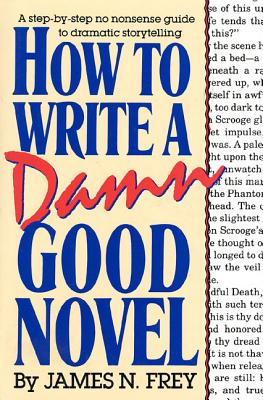What is arc?
Quite simply, it is your story line. The flow of your novel from beginning to end.
What is the purpose of the arc?
To move your story of character forward. To effect change.
Some classic examples of story arc:
The fall from grace. The bitch-queen of high school falls off her throne and mingles among the commoners, only to realize she has a brain and a heart.
The reversal, a character finding strength. The geek girl finally gets accepted by her peers and becomes popular.
**These are really poor, generic examples**
I always think of a line graph when I'm talking about story arc, and I found this great image from musik-therapy.at

Beginning: Inner conflict- Your character is struggling with something.
Plot point 1: A crisis happens, throwing everything off track and forcing your character to face something she would otherwise avoid.
Middle: The middle is the most difficult for me to write. I want to make everything happen to fast. This is the part that needs the most revising.
This is where the character needs to face a number of obstacles that move her toward her goal. The important thing to remember here, is that you must keep raising the stakes. Minor tragedy, followed by a major tragedy. If something monumental happens first, it lessens the impact of the subsequent event.
Plot point 2: When all hope seems lost, something happens here that changes the direction of the story again, and the character's goals go from being unreachable to achievable. This is the point of the story where the stakes are highest. Danger, Will Robinson! Danger.
Your character will draw upon all she's learned or gained from those climbing crisis' and use that knowledge to overcome this major obstacle.
End: Yay! She did it! Or not.
The end is just that. The end. This is where we see how the character was able to overcome her situation and prevail, or fail miserably. Depends on what you're writing. But hopefully she prevails, because we like happy endings. Or honest ones, at least. The ending is where you need to tie up your loose ends (all or most, depends on the story). This is where the reader sees the change in the character. The fruit of her labor.
Every time I think about endings, I think about THE LUXE series by Anna Godbersen. I absolutely loved this series. And I loved the way it ended, even though not everything was "happy". It ended just as it should have. Each of the characters got what they deserved, whether or not that's what we, the reader, rooted for. The characters change and grow throughout the series and in the end, that growth is obvious:
The naive romantic grows up.
The playboy settles down.
The persistent trouble-maker relents.
Tragedy strikes the sweetheart, but she overcomes.
Every character experiences change in this series and the last book leaves the reader wholly satisfied with all the loose-ends tied into neat little bows.
If your book is the first of a series, obviously not everything will be tied off at the end, but make sure that book can stand alone.
Happy writing!
One reference book that helped me was HOW TO WRITE A DAMN GOOD NOVEL by James N. Frey
How to Write a Damn Good Novel
A Step-by-Step No Nonsense Guide to Dramatic Storytelling
By James N. Frey
(St. Martin's Press, Hardcover, 9780312010447, 192pp.)
Publication Date: December 1987
Categories: General, Composition & Creative Writing - Fiction
 |



Great graph! I heard Kate Sullivan (editor at Little, Brown) speak about this same topic at a conference. She used a similar graph and it was very helpful -- I went back through my ms to make sure it fit.
ReplyDelete